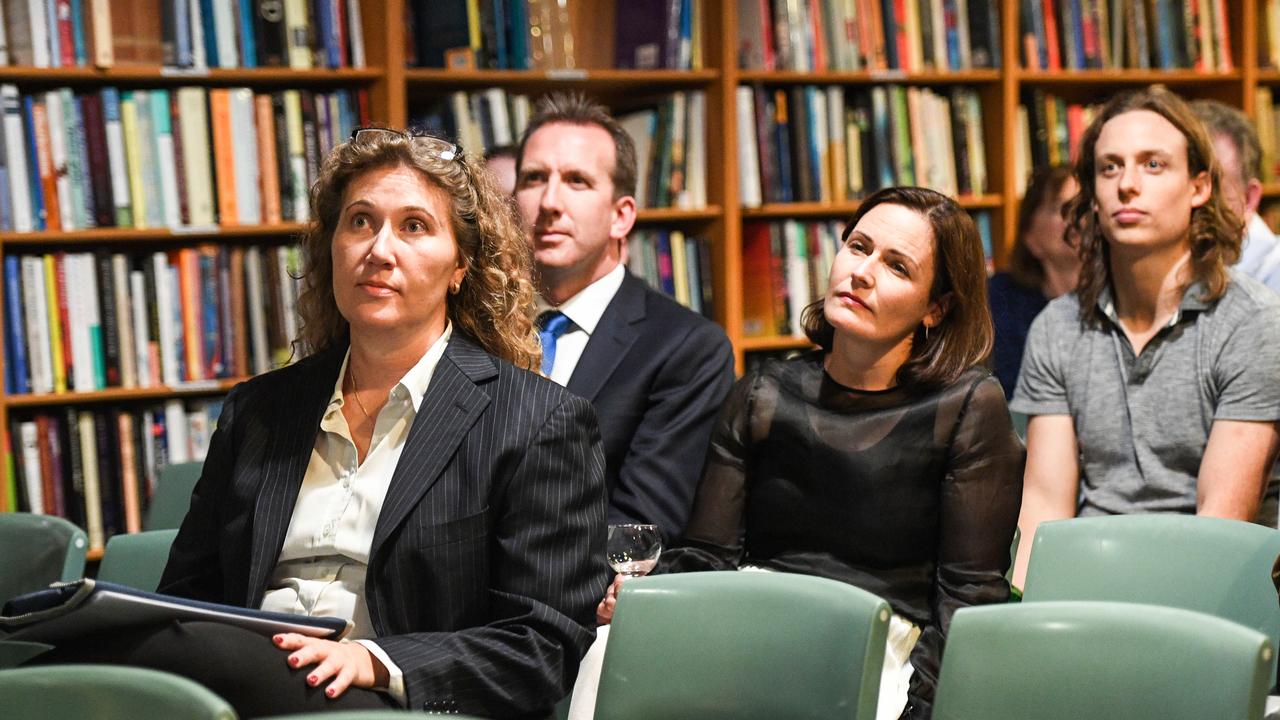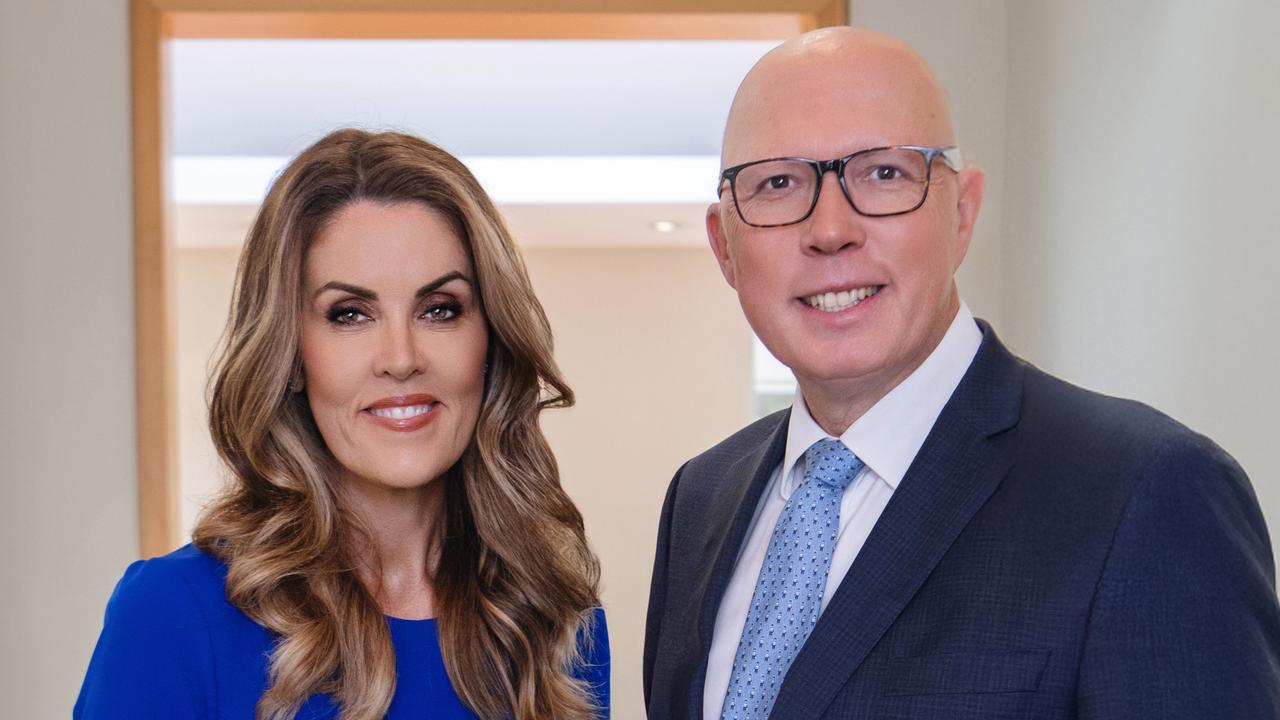Their finest hours: UK’s volunteer Covid vaccine army
Say what you want about early Covid handling in the UK. Everyday Britons have heeded the call to aid in the vaccine rollout.
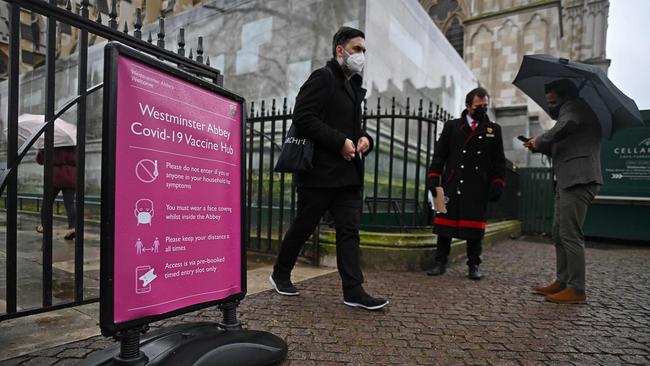
It’s early morning on a crisp, spring day in London and I’m on my bicycle, bound for Westminster Abbey to embark on a first shift as a volunteer COVID vaccinator with St John Ambulance.
It is 12 months to the day since Britain went into lockdown amid a pandemic that has ended more than 125,000 British lives and almost three million worldwide. I had no idea that on that day last year I, too, had already become infected, remaining oblivious until my sense of smell disappeared suddenly four days later.
As I ride the empty, quiet streets of the capital and lock the bike up in the shadow of Westminster and the Houses of Parliament, there is no escaping the reality that the virus has yet to release its deadly grip on this city.
Inside the Abbey vaccine centre, the day’s work has already begun. It’s barely 8am but inside a small room behind Poet’s Corner, a phalanx of pharmacists is drawing up syringes with single doses of the Oxford-AstraZeneca vaccine while the team of St John and National Health Service volunteers are briefed on the upcoming shift. However, we are not allowed anywhere until we line up to take a lateral flow test for COVID-19 and ensure these prove negative. Once given the go-ahead, we are asked to mask up, sanitise hands to the elbows and take our seats at the row of eight vaccinator’s tables to wait for the queues to form.
There is something surreal about the magnificent surrounds, soaring stained glass windows, the tombs and memorials of more than 100 literary greats, among them Shakespeare and Jane Austen, as well as 30 kings and queens, starting with Edward the Confessor and Elizabeth I. This is the scene of the coronation of every monarch since the 11th century.
At 9.10am, the huge doors open and the Abbey marshals begin to guide people inside. Queues are orderly and chairs spaced to ensure social distancing. As this is my first shift injecting, a GP hovers attentively to ensure that I follow protocols, remember the questions that must be asked of each “citizen” (St John’s insists they are not patients) including current health, allergies and legal consent. I’m observed as I unsheathe the syringe, inject into the correct part of the upper arm (the deltoid muscle) and provide clear information on possible side effects after vaccination.
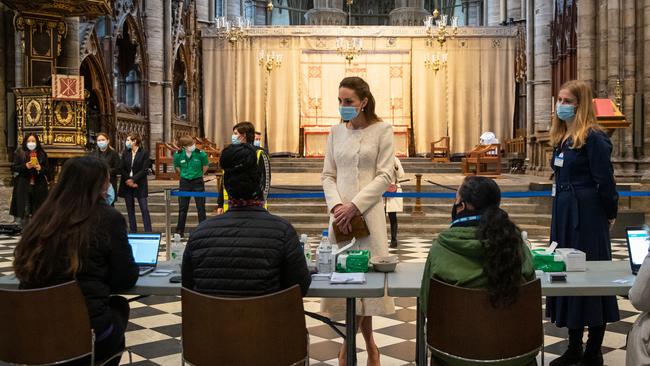
A volunteer charged with admin duties checks names, NHS numbers, dates of birth and addresses against the blue vaccine passport card that records first and second jabs. The batch number for each kidney-dish full of syringes is recorded meticulously. It’s all over in a few minutes.
In the next three hours I will vaccinate 40 people, many of them very young and seemingly outside the 50 to 54 age group, but as their GPs have sent them and they have their booking numbers, no questions are asked. In the end, it’s a national campaign: everyone must be vaccinated. An elderly woman tells me she is so happy to be receiving her second jab she has a tear in her eye; a young student of neuroscience at a nearby university campus is overjoyed to be allowed back to the lab; another woman brings her visibly frail husband in and the smile on his face, once vaccinated, is unforgettable. Some want to chat for a while, others are brisk and keen to get in and out quickly. Very few are nervous, although those who say they’re squeamish love being asked to look up at the splendour of their surrounds during the injection.
No one refuses the vaccine: it seems in this centre in the heart of London it’s a cohort happy, indeed desperate, to be done. Where I live in southeast London it’s a different story and the NHS has a battle on its hands to defuse misinformation about the vaccine among some ethnic communities where the latest erroneous rumour suggests that it affects female and male fertility. Community leaders say that while the situation is improving as public confidence rises, there is still much work to be done.
About halfway through the shift, I’ve just managed to reassure a young woman into letting me vaccinate her — she is distressed by the situation and queues — when we are told that we cannot leave our posts because the centre is to receive VIP visitors: William and Kate, the Duke and Duchess of Cambridge no less.
During the next hour, waiting patients, medical stuff and vaccinators chat with the couple, who have decided to thank the nation’s volunteers and take a minute of remembrance for the lives lost to COVID-19 in the church dearest to them. It is a surreal moment to find the future king of England seated in your patient’s chair asking why you decided to volunteer, if patients get nervous, and remark playfully that he already “gets jabbed a lot” but that he is still waiting for his turn and age group to be vaccinated.
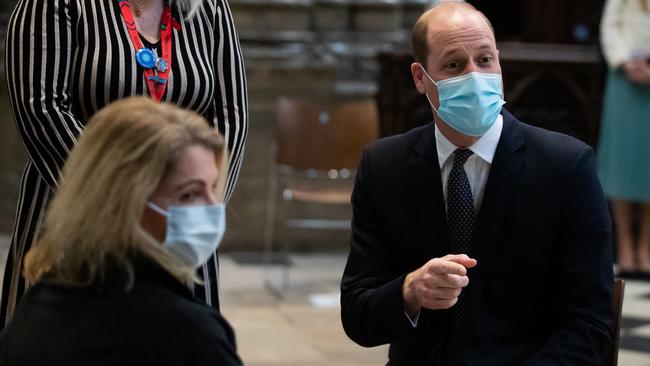
In the past week alone an army of NHS staff, local pharmacists, military personnel and St John Ambulance volunteers has delivered 2.5 million vaccine doses. Nearly 23 million, more than half of England’s adult population, have had at least one dose in the 100 or so days since the first dose was given to Margaret Keenan, a 91-year-old grandmother who described it as the “best early birthday present ever”.
British Prime Minister Boris Johnson recently expressed some regrets about management of the early days of the crisis, and the chain of decisions that led to the death toll, the highest in Europe, will come under scrutiny at some point. But when it comes to vaccine management, credit where credit’s due. Hundreds of millions of pounds were spent to support research just weeks after news of the mysterious virus had emerged from Wuhan in China, but well before the gravity of what was about to unfold was truly understood. Millions of vaccine doses were bought on spec, even before they had been trialled — a gamble and investment that has paid off.
The call for volunteers to help the NHS dispense the vaccine went out three months ago, not long after Christmas when the government launched its logistic blueprint for what has been billed as the biggest national vaccination effort in British history. Volunteers of all ages, backgrounds and ethnic groups heeded the call and St John Ambulance says it received 100,000 applications with the capacity to train 30,000.
The NHS, already bolstered by thousands of retired medics and nurses who had returned to the frontline in hospitals during the worst of the crisis, once again was inundated with offers from dentists and other healthcare professionals who put up their hands to help with the rollout, creating what is now an 80,000-strong special vaccination workforce.
In just a few weeks, three types of vaccination sites were set up and by the end of January everyone in England had access to a centre within 16km of their home. The first tier operates from the biggest city venues such as football stadiums and concert arenas; the second is built around hospitals; and the third is run by GPs in local practice areas and in community pharmacies. In remote or rural areas, mobile units deliver the vaccination to farms and homes. Using the national database, GPs (in Britain they are employed by the state) sent out texts or emails calling priority groups, starting with the elderly and clinically vulnerable, to book for their jab. Everyone will have their first by the end of June.
Training such a large group required adjustments to teaching: e-learning modules were created and launched (St John’s and the NHS together mean around full time eight hours study) and this covered all aspects of Pfizer and Oxford vaccines, donning and doffing personal protective equipment correctly, potential vaccine side effects, management of nervous patients and other potential issues. Volunteers then attended face-to-face training sessions in injection technique and first aid, for most of us the first time we had been outside a small family bubble or in a group in 12 months.
St John Ambulance volunteers have given close to 500,000 hours of their time, juggling work and family, to help out during the pandemic. One trainer told us of the moving scene when vaccinators at a large London arena centre realised that two men, both in their mid-90s, were still sitting in the observation area more than an hour after their jabs. It turns out they were brothers, separated by lockdown, and this was the first time they had seen and spoken to each other face-to-face in a year.
In Britain now there is the feeling of a little light at the end of the tunnel. We’re still in lockdown, shops and non-essential services remain closed until April 12 at the earliest, and the next step will unfold only if falling infection numbers support it. But just as we became accustomed to seeing infection statistics and grim death tolls rise every day, Matt Hancock, Secretary of State for Health and Social Care, says he hopes we can start to enjoy the stats as they “go up and up”. In the weeks and months to come, there is at last the knowledge that this time increasing numbers mean more and more people are being vaccinated — and for this volunteer, being a teeny-tiny cog in a big wheel means more than I can say.

